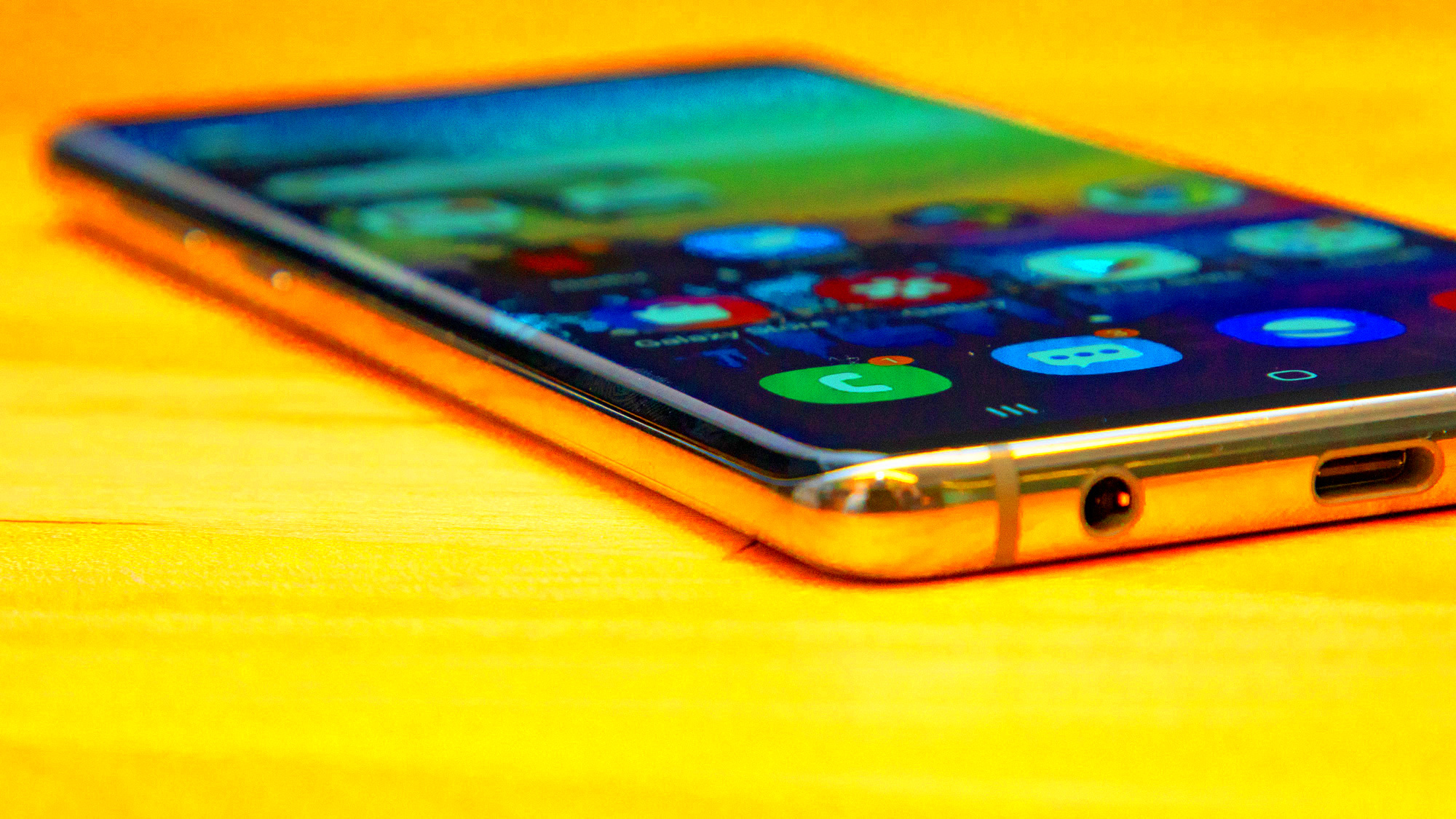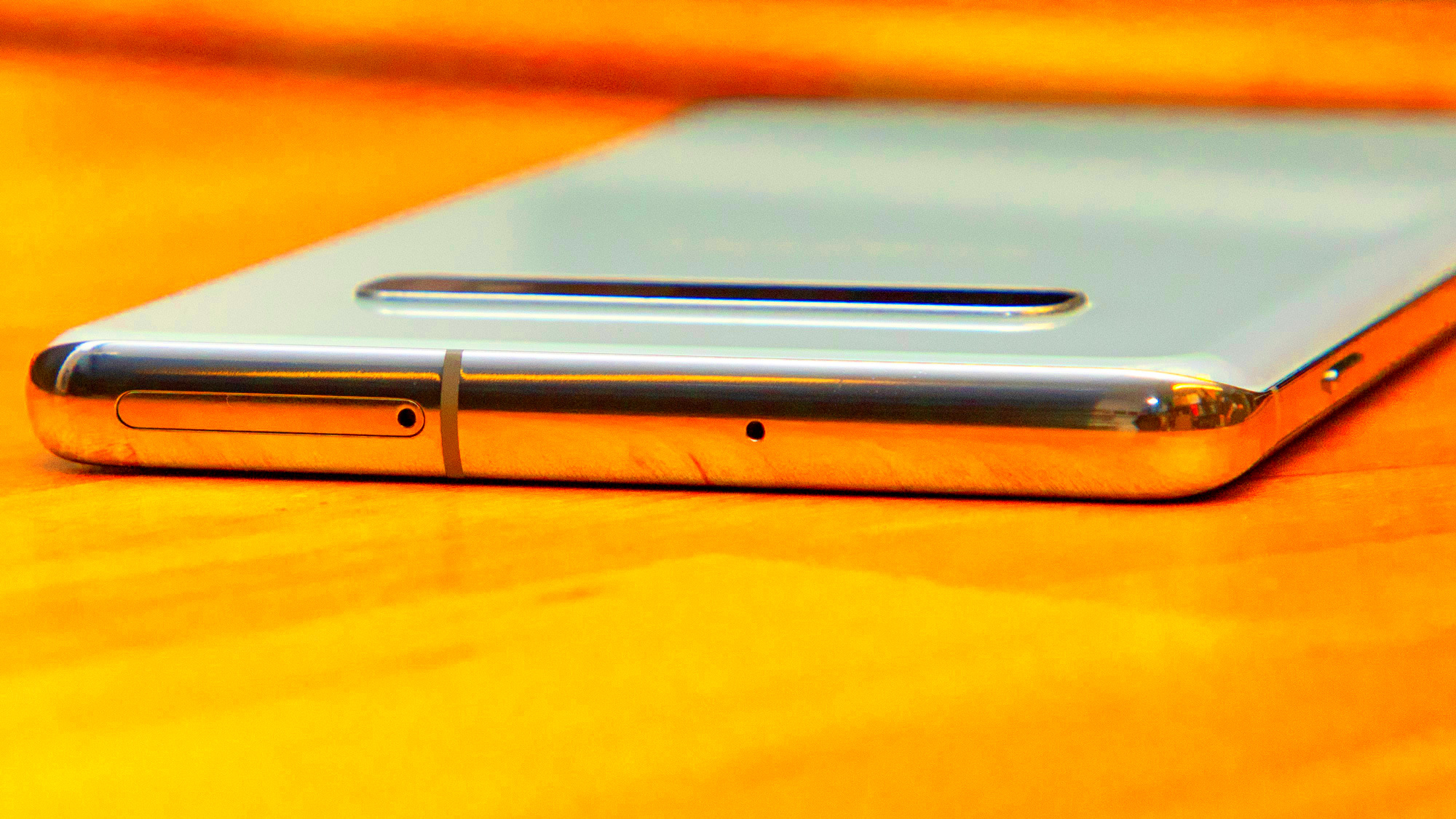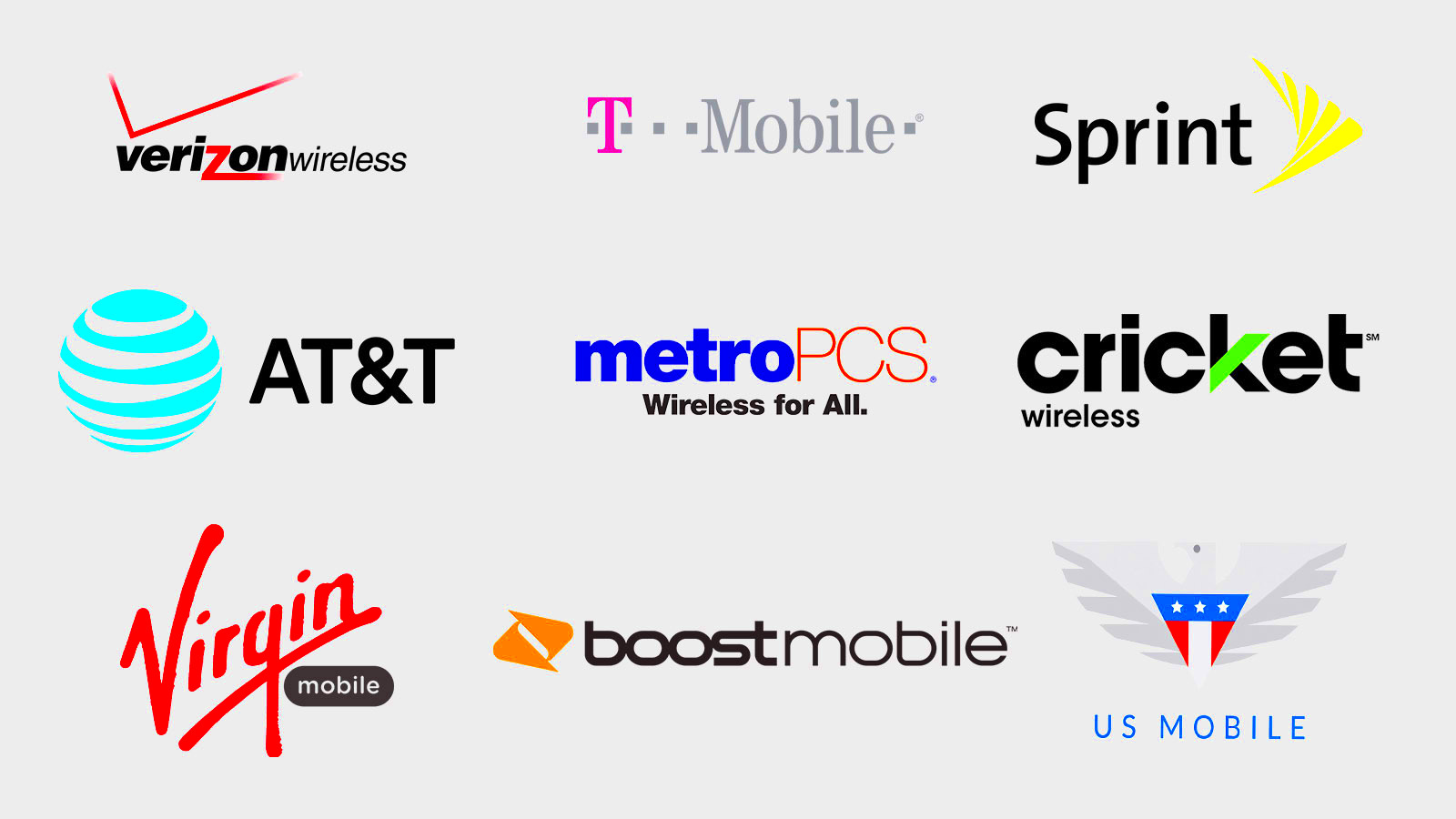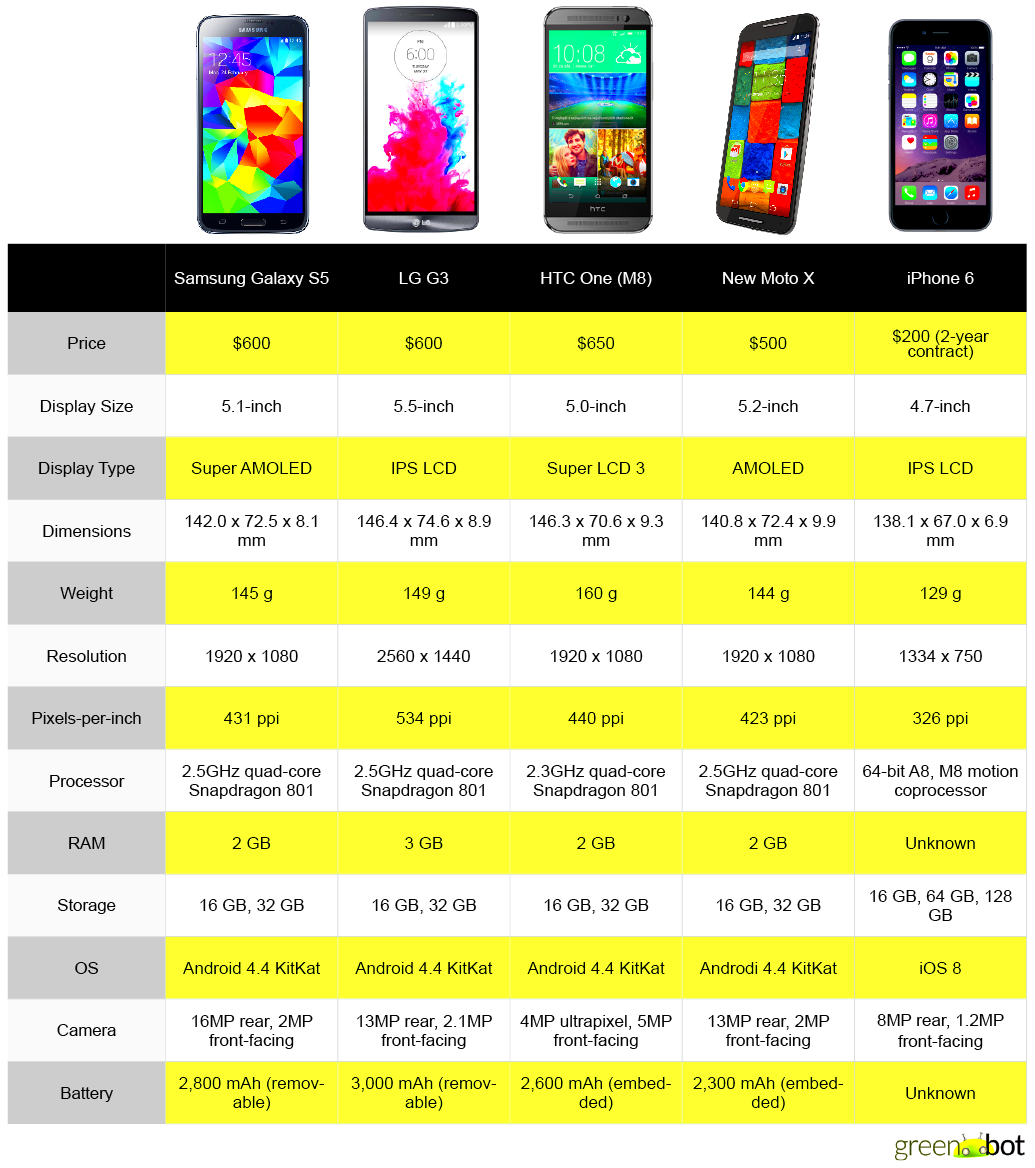In a world that is moving at a breakneck speed, mobile phone
technology is developing like anything. Annually, we encounter new features and innovations that reshape our communication, work and environmental interaction patterns. This helps make informed decisions on device choice through understanding the various technologies from smartphones to 5G connectivity.In this article will be exploring types of phone
technology available today including their distinct features; in addition what one should look for when buying such gadgets.
Types of Phone Technologies in the USA

The United States comprises a range of telephone technologies that serve different purposes and tastes. Below are the leading categories:
- Smartphones: These are multifunctional devices that combine the capabilities of a phone with those of a computer. They run on operating systems like iOS and Android.
- Feature Phones: Simpler than smartphones, feature phones focus on basic functionalities like calling and texting. They are ideal for those who prefer minimalism.
- 5G Phones: These phones support the latest 5G technology, allowing for faster internet speeds and more reliable connections. They are becoming increasingly popular as 5G networks expand.
- Foldable Phones: A newer addition to the market, these phones offer a unique design that allows them to fold, providing a compact form factor without sacrificing screen size.
Features to Consider When Choosing a Phone

In the current world, the options we are faced with when choosing a phone can make us dizzy. The following are some of the features that you should look out for:
- Camera Quality: Look for a phone with a high-resolution camera and features like optical zoom and low-light performance, especially if you love photography.
- Battery Life: A long-lasting battery is crucial, particularly if you use your phone heavily throughout the day. Aim for a battery that lasts at least a full day on a single charge.
- Screen Size: Consider your preference for screen size. Larger screens are great for media consumption, while smaller screens are more portable.
- Storage Capacity: Depending on your usage, opt for phones with ample storage. Consider whether you’ll need extra space for apps, photos, and videos.
- Operating System: The choice between Android and iOS can significantly affect your experience. Research both systems to see which suits your needs better.
- Price: Set a budget and explore phones within that range. Remember that higher prices often come with better features, but there are also great mid-range options.
Evaluating Popular Phone Brands

The time for choosing a new phone can mean that the brand will affect your experience in an important way. Every brand has its advantages and disadvantages, such as special properties. Therefore, we will examine some of the most famous American telephone brands with their contributions.
- Apple: Known for its premium devices, Apple offers a seamless user experience through its iOS operating system. The iPhone is famous for its camera quality, build, and regular software updates. However, it comes with a higher price tag.
- Samsung: Samsung provides a wide range of smartphones, from budget to high-end models. Their Galaxy series is particularly popular, known for its vibrant displays and versatile camera systems. Samsung also tends to offer more customization options than Apple.
- Google: Google’s Pixel phones are celebrated for their exceptional camera performance and stock Android experience. They often receive software updates faster than other Android phones, which is a significant advantage for users who want the latest features.
- OnePlus: Known for providing high-end features at a lower price, OnePlus is favored by tech enthusiasts. Their phones often come with fast charging, powerful performance, and a clean user interface.
- Xiaomi: This brand offers excellent value for money, making it a popular choice for budget-conscious consumers. Xiaomi phones are packed with features and often include impressive camera systems.
Comparison of 5G and 4G Technologies

The move from the fourth generation (4G) to the fifth generation (5G)
technology represents a considerable step in the advancement of mobile telephony. Knowing what distinguishes these different technologies makes it easier for you to choose the next phone that you would want to buy or use. The following is a contrast between the two:
| Feature | 4G | 5G |
|---|
| Speed | Up to 100 Mbps | Up to 10 Gbps |
| Latency | 30-50 ms | 1 ms or less |
| Connection Density | 2,000 devices/km² | 1,000,000 devices/km² |
| Use Cases | Streaming, browsing | IoT, augmented reality, autonomous vehicles |
In conclusion, the 4G
technology is appropriate for diverse applications such as video streaming and web browsing. However, 5G provides faster speed, lower latency and the capacity to connect more devices at once. This makes 5G especially ideal for modern technologies such as smart homes and connected cars.
Impact of Operating Systems on Phone Performance
In how your phone runs and feels, OS is very important. Among other operating systems, Android and iOS are at the forefront and each has its own special features. Let’s analyze how these types of OS affect cell phone performance:
- Android: Android is known for its flexibility and customization. Users can tailor their devices with various launchers, widgets, and app choices. While this versatility is appealing, the performance can vary significantly between different manufacturers due to varying hardware and software optimizations.
- iOS: Apple’s iOS is praised for its smooth performance and user-friendly interface. The integration between hardware and software is seamless, resulting in efficient performance across all devices. However, customization options are more limited compared to Android.
In the end, personal opinion matters more than their respective advantages and disadvantages. If one likes personalizing their gadget, then Android will probably work for him or her; however, those who find pleasure in simplicity and regular updates might consider choosing an iPhone. Knowing what sets them apart enables selection of a device that fits one’s ways of using it.
Pricing Considerations for New Phones
Price is often the first thing people look at when purchasing a new phone. With so many options on hand, it is critical to know what you are paying for and how to make the best choice for your budget. From entry-level smartphones to state-of-the-art flagship models, here are some factors to bear in mind when pricing.
- Budget Phones: These devices typically cost under $300. They offer basic functionalities and are perfect for users who need a phone for calling and texting. Brands like Motorola and Nokia often provide solid budget options.
- Mid-Range Phones: Ranging from $300 to $700, mid-range phones offer a balance of performance and affordability. You can expect decent cameras, good battery life, and smooth operation. Brands like OnePlus and Google Pixel are popular in this category.
- Flagship Phones: These devices are priced above $700 and can go well into the $1,000 range. They come packed with the latest features, premium materials, and exceptional performance. Apple and Samsung's Galaxy series are examples of flagship phones.
- Carrier Contracts: Many people purchase phones through their carrier. Some carriers offer discounts or installment plans when you sign a contract. Just be sure to read the fine print to understand any commitments.
- Second-Hand Options: Don’t overlook the possibility of buying used or refurbished phones. This can save you a significant amount of money. Just make sure to buy from reputable sellers.
Frequently Asked Questions
In the process of using mobile phones, several issues arise. The following are questions that are frequently asked in trying to tell the truth:
What is the best phone for photography?
- If photography is your passion, look for phones with high-quality cameras. The latest iPhones and Google Pixel phones are often recommended for their camera capabilities.
How often should I upgrade my phone?
- It’s generally advisable to upgrade every two to three years. This timeline allows you to benefit from significant advancements in technology without falling too far behind.
Are more expensive phones worth it?
- Often, more expensive phones come with better materials, performance, and features. However, mid-range phones today can offer great value for everyday use.
What should I consider when switching brands?
- Switching brands can be a bit tricky. Make sure to consider the operating system, the availability of apps you use, and customer support from the brand.
How do I choose between 4G and 5G?
- If you plan to keep your phone for a while and want faster internet speeds, opting for a 5G phone makes sense. However, if you’re looking for a more budget-friendly option and don’t need the latest tech, a 4G phone will still serve you well.
Conclusion on Selecting the Right Phone Technology
Ultimately, choosing the proper mobile
technology is an issue of knowing your requirements, tastes, and financial plan. There are a lot of alternatives and engage with what is important for you to decide; this could range from camera quality to battery back-up or even modern trends such as 5G
technology.Be patient when making a choice. Spend time contrasting various brands and also carefully reading reviews while factoring in new and old alternatives. Also, do not forget about operating system features, pricing, and any extras that could make your life more enjoyable.As a result of doing prior research and having a good understanding of what you want, it is possible to get a phone that complements your daily routine as well as matches your technical specifications.
 The United States comprises a range of telephone technologies that serve different purposes and tastes. Below are the leading categories:
The United States comprises a range of telephone technologies that serve different purposes and tastes. Below are the leading categories: In the current world, the options we are faced with when choosing a phone can make us dizzy. The following are some of the features that you should look out for:
In the current world, the options we are faced with when choosing a phone can make us dizzy. The following are some of the features that you should look out for: The time for choosing a new phone can mean that the brand will affect your experience in an important way. Every brand has its advantages and disadvantages, such as special properties. Therefore, we will examine some of the most famous American telephone brands with their contributions.
The time for choosing a new phone can mean that the brand will affect your experience in an important way. Every brand has its advantages and disadvantages, such as special properties. Therefore, we will examine some of the most famous American telephone brands with their contributions. The move from the fourth generation (4G) to the fifth generation (5G) technology represents a considerable step in the advancement of mobile telephony. Knowing what distinguishes these different technologies makes it easier for you to choose the next phone that you would want to buy or use. The following is a contrast between the two:
The move from the fourth generation (4G) to the fifth generation (5G) technology represents a considerable step in the advancement of mobile telephony. Knowing what distinguishes these different technologies makes it easier for you to choose the next phone that you would want to buy or use. The following is a contrast between the two:
 admin
admin








